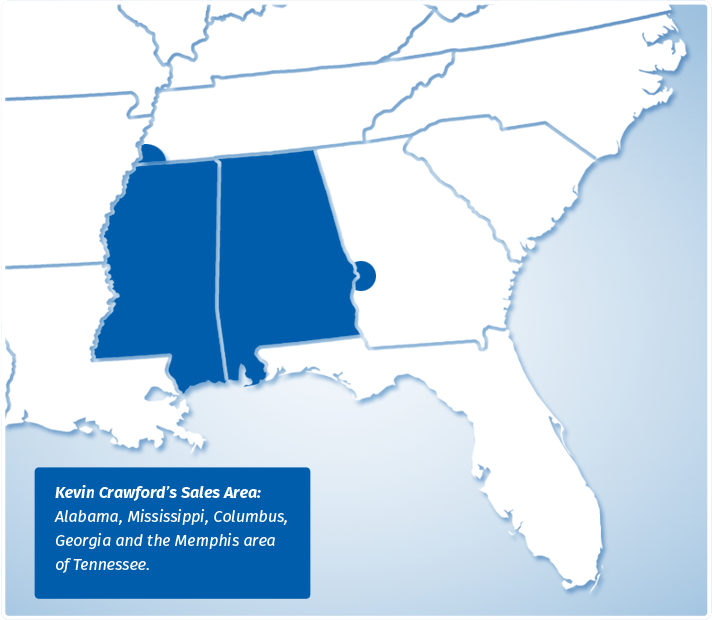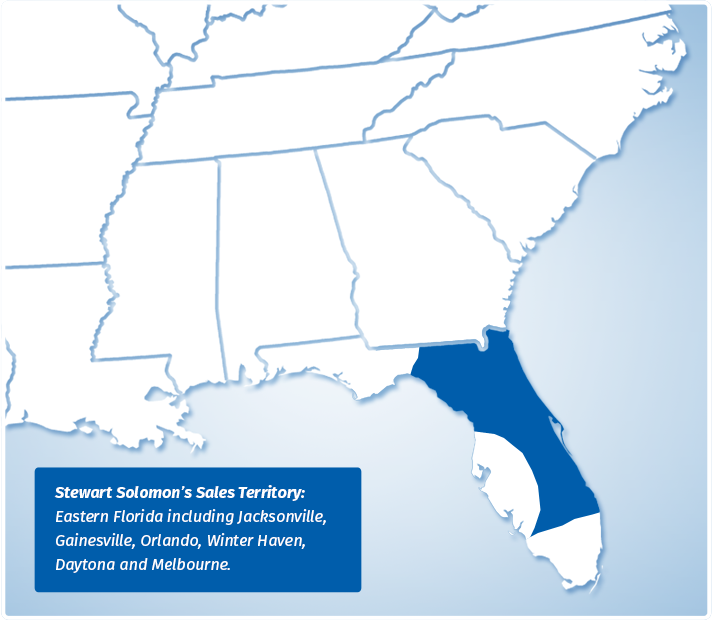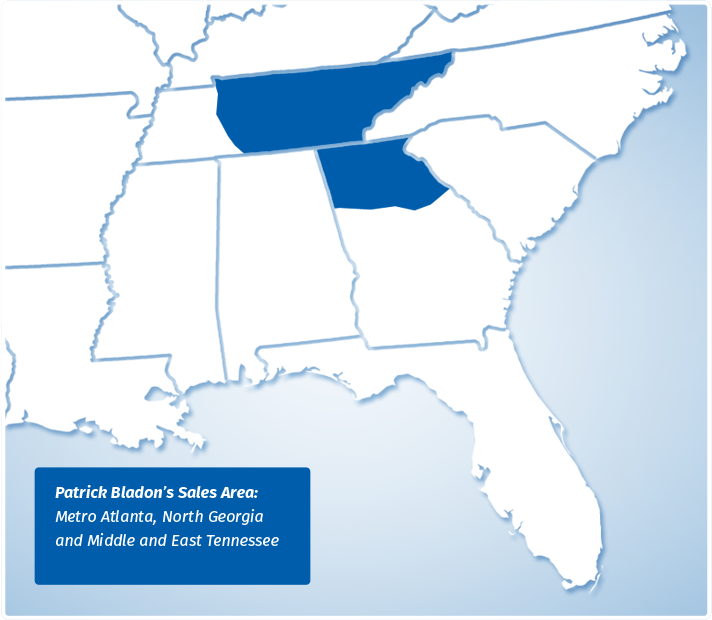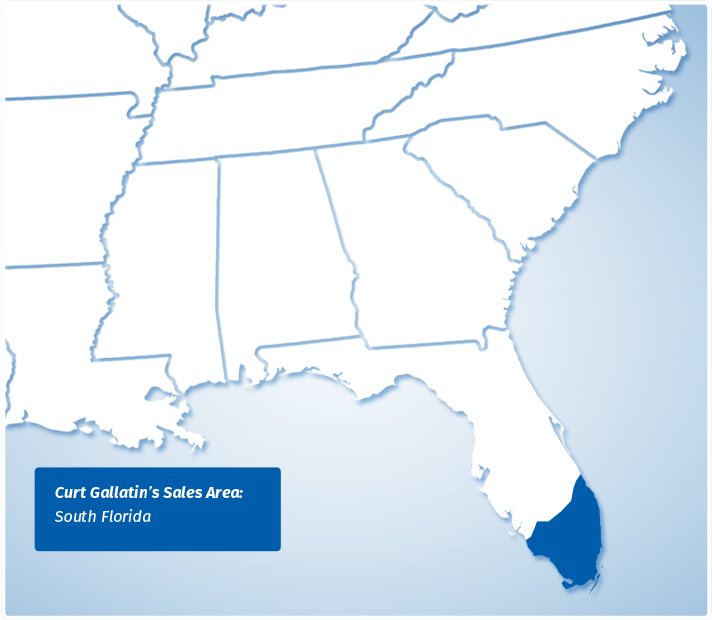
Right Devices
RightSpot Infant is a small, non-invasive device that is used to measure fluid from the NG tube to determine if it has gastric acidity. The RightSpot indicator is placed on the tube when gastric fluid is aspirated to enable the clinician to determine the pH of the aspirate. This method is simple, inexpensive and results are instant: Right measurement, right away.
Nasogastric tube placement verification is a routine procedure for pediatric and neonate patients. While auscultation is the most common method for tube placement verification, this is a method that has been questioned for more than two decades.*
While radiography is a highly reliable method for tube placement verification, NHS does not recommend it used ‘routinely’. Both the National Patient Safety Agency under NHS and clinical journals such as PEDIATRIC NURSING recommend using aspirate pH measurement for placement verification—in combination with other methods. This ensures accuracy at the same level as radiography can provide—and constitutes a safe, inexpensive bedside alternative to the less versatile and very expensive radiography approach.
Until recently, however, using aspirate pH as a means of determining tube placement in infants has been a method associated with compliance issues—simply using pH paper is not a safe or accurate process.
RightSpot Infant is the only technology that allows the clinician to pursue safe and accurate aspirate pH measurement in their decision-making—thanks to the innovative technology that delivers the test.
For more details go to www.rightbiometrics.com.com
*National Patient Safety Agency – NHS (February, 2005); Reducing the harm caused by misplaced nasogastric feeding tubes
PEDIATRIC NURSING (Jan/Feb, 2009); vol. 35, no. 1; Nasogastric Tube Placement Verification in Pediatric and Neonatal Patients
Cincinnati Children’s Hospital Medical Center (April, 2009); Confirmation of Nasogastric Tube (NGT) Placement

 Video: RightSpot Infant Informational Video
Video: RightSpot Infant Informational Video






